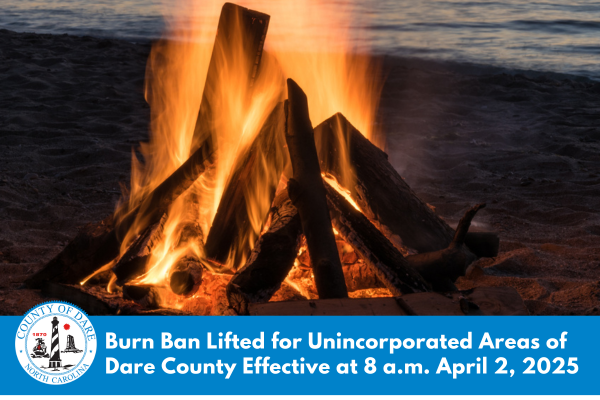UPDATE: Ramp 43 reopens, restoring ORV access to Cape Point
Cape Hatteras National Seashore officials today reopened Ramp 43 in Buxton to give drivers off-road vehicle access to Cape Point, but the area is still flooded and the Park Service urges drivers to use caution.
With today’s opening, only three other ramps in the seashore remain closed because flooding from rain and ocean overwash earlier this month and late in September.
They are:
Ramp 44 to Cape Point is still closed because of water levels remain high on the ocean side of the ramp.
Ramp 49 to Frisco’s South Beach.
Ramp 72 on Ocracoke — though South Point is accessible via Ramp 70.
Also, the last turtle nest on the seashore hatched late last week and was excavated early this week. All ORV routes are now open to driving at night.
According to seashore superintendent David Hallac, who visited the flooded areas on Hatteras yesterday with park staff members, the newly reopened Ramp 43 still has considerable water and soft sand in it.
As of this morning, Hatteras Island District Ranger, Joe Darling, reported that there was still 12 inches of water in places along Lighthouse Road leading to Ramp 43, and in the ramp itself.
“Any users that choose to drive down Lighthouse Road and use Ramp 43 should use caution, drive 5 mph or less, and be careful about traffic coming from the opposite direction when the lane of travel is narrow,” Darling said in an e-mail.
This afternoon, Darling reported that the water level in Ramp 49 in Frisco has dropped about two inches since he checked a week ago on Oct. 14.
“The water receded down the ramp about 15 feet,” he said. “However, the water levels are still roughly 1-2 feet deep on the majority of the ramp….I can say it is definitely receding and (it’s) going to take some time.”
Hallac said that he has heard from several residents who have urged park officials to take some action to get the water levels down more quickly, such as draining the flooded areas.
Many residents remember that a decade or more ago, the Park Service regularly drained areas — such as Ramp 44, Cape Point Campground, and the Ramp 49 area — that flooded in hurricanes and other storms.
A system of drains between Buxton and Frisco in the wetlands funneled the water into a drainage ditch that was opened, dumping the stormwater into the ocean on the South Beach in the area of the hook.
That practice was abruptly halted after Hurricane Isabel, reportedly when an aerial photo of the drain came to the state’s attention. The photo showed a plume of brown water from the wetlands flowing into the grayish-blue ocean.
Hallac said he had heard that the stormwater was once drained and has found a letter in the seashore’s files from the state’s Department of Environment and Natural Resources Division of Water Quality. The letter is dated September 16, 2004.
In the letter, Robert Tankard, then the acting water quality supervisor, writes that a DWQ staff member had met on April 28, 2004, with a Park Service staff member and a representative of the U.S. Army Corps of Engineers to discuss “a drainage feature located adjacent to the Cape Hatteras National Seashore Campground.”
“Subsequent investigation of this system,” Tankard wrote, “indicates that the drainage way was opened up by the NPS to allow the waters of the drainage canal to discharge directly into the ocean.”
He continued to write that “draining of wetlands and subsequent altering of natural hydrology of wetlands” is considered a violation of state and federal law. DWQ staff, he says, had determined that the opening of this drainage way to the ocean is a violation of wetland standards.
Tankard said his office would require a mitigation plan for the site in 30 days and that it would be determined later whether any enforcement action would be recommended.
Apparently, there was never any enforcement action, but the park discontinued the practice of draining stormwater into the ocean. At the time, Lawrence Belli was the seashore’s superintendent.
Hallac said that he and other seashore staff members are currently looking into the flooding situation and what the park can and cannot do within state and federal laws.
“It’s not clear,” he said, “if we can even get an emergency permit (to drain),” he said. “This is just the beginning of the discussion.”
Click here to read the 2004 letter to the NPS from the state Division of Water Quality.








